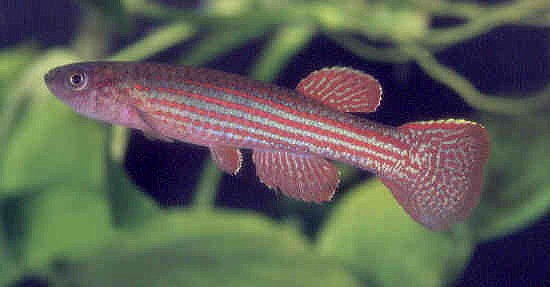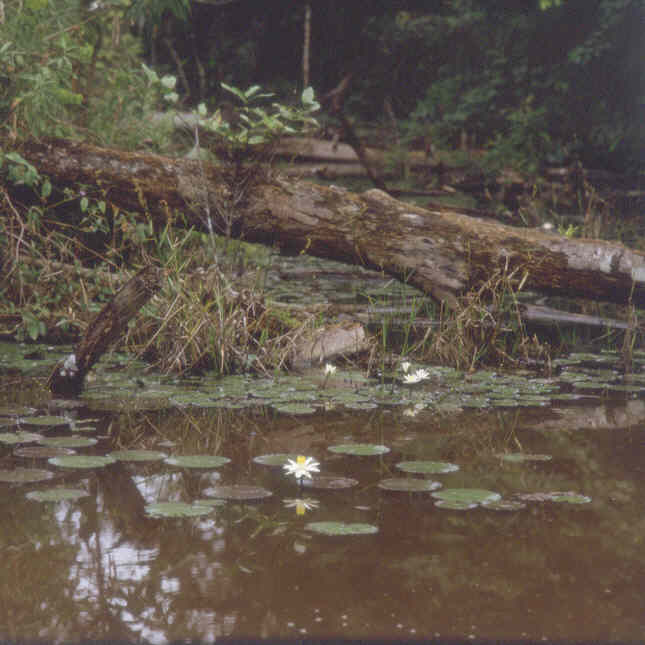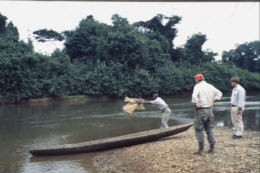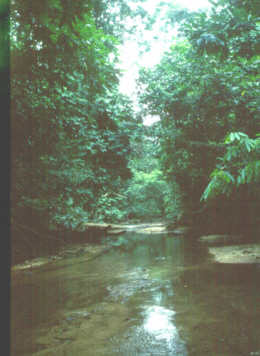Aphyosemion escherichi (Ahl 1924)
.jpg)
A.escherichi FCCO
2013 / 14 Dolisie Wild Fish
Photo courtesy of Christian Cauvet
| Meaning of Name |
After the collector Escherich. | ||||||
| First Description |
Ahl E. 1924 Über neue afrikanische Zahnkarpfen der Gattung Panchax. Zoologischer Anzeiger. 60 (3-4) pages 309-310. | ||||||
| Size |
5 cm | ||||||
| Meristics |
| ||||||
| Karyotype |
n = 19-20, A = 35-38 (Scheel 1974, 1981, 1990)(Huber & Scheel 1981). Variable between different populations. | ||||||
| Sub-Genus |
Mesoaphyosemion | ||||||
| Group |
striatum | ||||||
| Synonyms |
| ||||||
Populations
|
A.escherichi
Cap Esterias. Wild male. Kounda - On the Tombo River, Congo. Collected by Stauch in 1963. Les Saras - Loukénstené River, Congo. Collected by Stauch in 1963. EBT 96/7 - GHP 80/17 - 94kms from Tchibanga towards Mayumba, Gabon. GHP 80/18 - East of Mayumba towards Tchibanga, Gabon. GHP 82/17 - Boko Songo. GHP 82/10 - 17kms north of Makabana, Congo. GJS 00/2 - Massana, Yombi-Sika, Gabun JH 76/57 - 6km south east of Kouamé towards the old ferry. JH 79/204 - 1km east of Mayumba. JH 79/206 - 28kms east of Mayumba. JH 79/221 - Near N'toum JH 79/232 - 19kms north of N'toum towards Coco Beach. LEC 93/24 - 27·8kms north east of Kougouleu. LEC 93/28 - On the PK road 19kms to Cap Esterias. PEG 93/20 - Méla, 63kms north east of Kougouleu PEG 93/49 - Mbel-Alen, 102kms to Edoum. TDK 97/1 - Near Baraka towards Mouila. TDK 97/33 - 63kms north east of Kougouleu towards Edoum. 30kms south of Siniti towards Loudima, Congo. Collected by Bordat in 1969. | ||||||
| Type Locality |
Attogondema (now spelt Atogondema), Nduya River (Scheel gives this as Nga River in ROTOW 1 from the original description), northern Gabon) | ||||||
| Distribution |
The Como & Mbei River drainage systems of northwest
Gabon extending southward towards western Gabon & Cabinda as far as the Chiloango
River drainage system in western Zaire. | ||||||
| Habitat |
Swampy areas of brooks & streams in coastal rainforest. In some areas this species if found (syntop) with A.striatum.
| ||||||
| Distinguishing Characteristics | A long slender species with rows of spots forming lines horizontally from the head to the caudal peduncle. | ||||||
| Colour/Pattern Variability | Fairly low | ||||||
| History |
Ahl described this sp. as Panchax escherichi in 1924 from 13 specimens collected by Escherich at Attogondema, Nga River, Cameroon (this area is strictly speaking in Gabon). The town is now spelt Atogondama & is situated at the upper reaches of the Nduya River. In January 1993 Legros, Cerfontaine & Eberl collected (A.microphthalmum) on the road from Libreville airport to Cap Estérias, 4kms from the coast as the crow flies (LEC 93/28). In July 1993 G.Passaro & Eberll collected 6kms south of Song (PEG 93/20 & PEG 93/22) The BKA has seen this species in auctions for many years in the guise of A.microphtalmum (1982+), A.simulans (later 1980's)& A.escherichi (1999). | ||||||
| Breeding Notes |
I have maintained & bred this species in all the above names & each time found them easy to breed, laying numerous eggs on top & bottom mops. These are removed & water incubated in water. Hatching can be a little erratic, taking 10-20 days. Fry can take newly hatched brine shrimp as a first food. They grow quickly & reach sexual maturity at about 4 months. You can easily find yourself inundated with young fish if you are not careful. | ||||||
| Diameter of Egg | |||||||
| Remarks |
This species is a jumper. Make sure their is not even the slightest gap for them to squeeze through. If breeding becomes difficult carry out regular water changes (don't forget to add a little salt) & turn up the airflow causing a water movement. It has been recommended that different populations should not be cross bred as their is a difference in karyotype between populations which could render offspring infertile. |
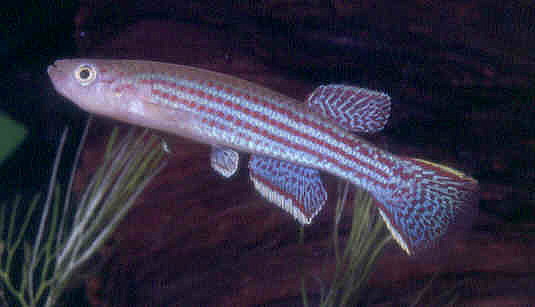
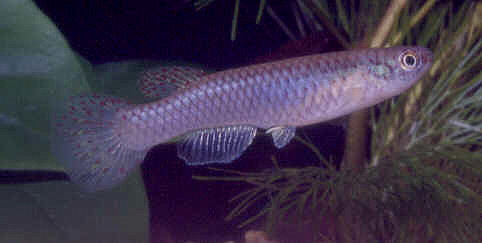
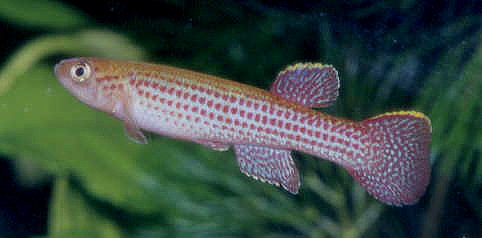
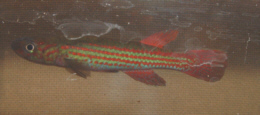
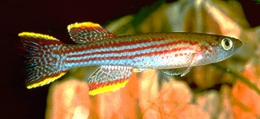
.jpg)
